Welcome to our seventh instalment in our safety feature campaign series: Devitt Rider Safety with road safety journalist @djrwilliams.
We’re on a mission to create heightened awareness and debate around vital rider safety topics, initiatives and campaigns. Riders love to talk about all the latest safety and riding skills and here, at Devitt, we aim to be at the very forefront of that discussion.
Join the debate today on social media at #DevittRiderSafety
Taking your first steps towards riding a motorcycle can be hugely daunting – but did you know there’s a new approach that makes it all a bit more manageable, a bit less scary – and safer?
For most riders, the journey starts with three – often dreaded – little letters; CBT, standing for Compulsory Basic Training.
Introduced in 1990, the aim of CBT was to ensure riders had basic training under their belt before venturing out on two wheels. It was brought in by the Government to make motorcycling safer, and to bring down worrying casualty statistics.
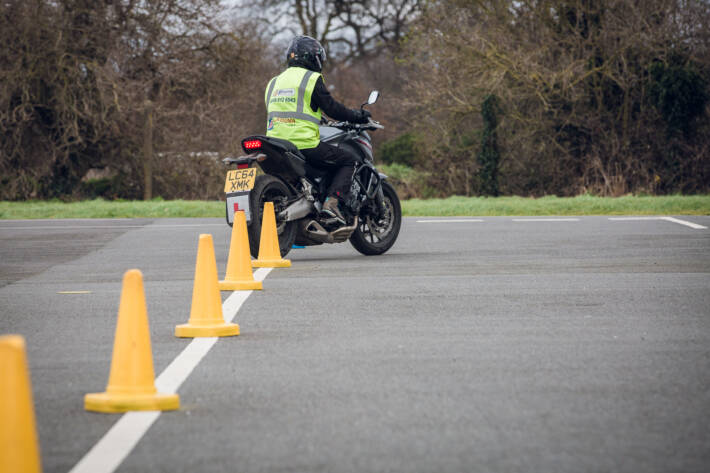
CBT involves closely supervised training in a ‘safe’ area away from the road, followed by a supervised ride on-road for at least two hours – to ensure novices can ride safely on their own. Once you’ve completed the training, you can ride a machine of up to 125ccs on L-plates while, in theory, you practise for the full moped or motorcycle test.
You don’t really ‘pass’ or ‘fail’ CBT, which costs from around £150 – £170, but you might be asked to come back for additional training until the instructor feels you’re safe to ride on the road. It takes some people longer than others to get used to the – initially strange – sensation of coordinating balance with the other skills needed to ride safely. Most learners complete within one to two days.
User-friendly
Now, thanks to a new scheme celebrating its first anniversary (following a trial run under closely monitored conditions) there’s a new approach that makes the process more user-friendly. Dubbed Ridefree, it involves a free hour-long online training course that moped and motorcycle riders can complete – if they choose to – before embarking on CBT.
In the earlier trial run by Highways England and DVSA (Driver and Vehicle Standards Agency), it was found that extra online learning, before getting to grips with a ‘real’ motorcycle, was one of the best options for tackling the accident rate in younger riders, while ensuring they were better prepared for a lifetime of safe riding.
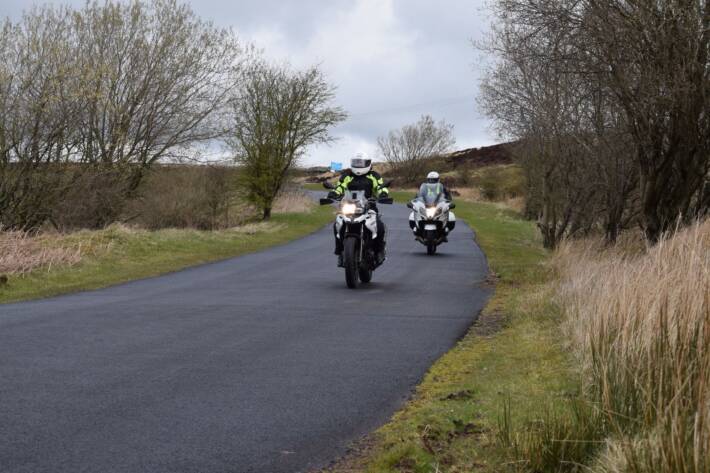
So how’s it work? It involves five different online training modules, available to participants on their PC. They cover the Highway Code and hazard perception, motorcycle clothing, equipment and maintenance, the link between rider behaviour and rider safety, risk-increasing factors, the impact of being involved in an accident, and the pathway to becoming an experienced rider.
Participants must click through each stage of the course in order to complete it, before turning up for the actual CBT. Those who complete the online training are awarded a certificate.
Evidence
So is the new system creating safer riders? I asked the DVSA and, it seems, there is no clear evidence of this, at least for now. They do say however that anecdotally, they have received ‘very positive feedback from the training industry’.
Before the trial began, the ‘e-learning’ approach was weighed up against two other possible CBT improvements; a ‘novice only’ version of CBT, and a two-day ‘enhanced’ syllabus.
The e-learning version proved the most promising, with trainers reporting that it was more like training learners who had already clocked up some driving experience. The students were ‘more responsive’ and had a better understanding of the Highway Code, according to a report prepared by leading road safety analysts, ‘Road Safety Analysis’.
Curiously, it found that participants appeared less confident after taking their CBT – possibly because online learning stresses the importance of gaining on-road experience as part of becoming a fully-fledged rider. Experts stressed, however, that reducing over-confidence in riders can actually make them safer.
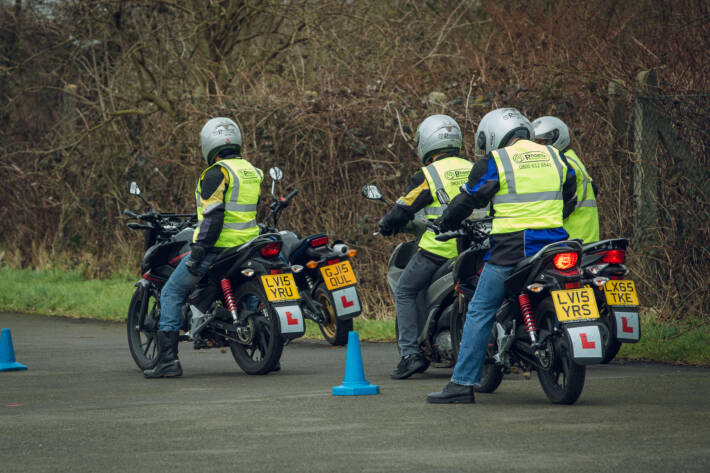
I asked one leading organisation – Phoenix Motorcycle Training, which has 17 branches across southern England – what they made of the scheme so far. It turns out that owner, Mark Jaffe, himself a keen motorcyclist, is a big fan.
“It definitely makes a difference – you can generally tell, when participants turn up, which ones have done Ridefree and which haven’t,” he told Devitt. “If they’ve not been on the road before, it definitely makes that part of the CBT training easier for them, and less daunting.
“They also have a much better knowledge of the Highway Code and other areas; basically, they appear more ready for the training.”
Help
Adds Jaffe: “It’s like a mini theory test but not as daunting. There are videos telling you what to look out for. It’s really designed for youngsters with little experience and it does help them with their CBT.”
So it seems it is worth the extra effort. Mark Winn, DVSA Chief Driving and Riding Examiner, says: “Getting the right advice from a professional instructor and the new ride free course helps new riders get the most from their CBT and should improve road safety.” Adds Tony Campbell, Motorcycle Industry Association (MCIA) Chief Executive: “It is important that new riders should be safer riders and receive the best training possible and for that reason, MCIA is proud to be part of the Ridefree initiative.”
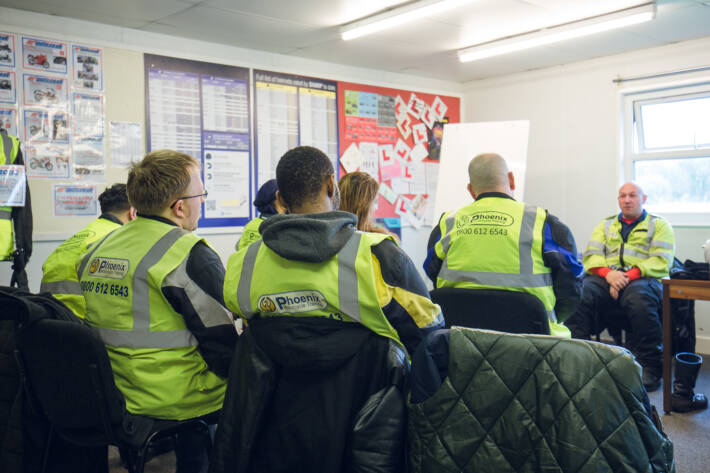
Since Ridefree was introduced in July 2020, 4,294 riders successfully completed it up until June 2021, although the DVSA won’t say what proportion of those taking CBT opted for the Ridefree programme.
Will the numbers reaping the benefits of Ridefree rise? We shall be keeping a close eye on those DVSA statistics, to find out.
In the hot seat
What’s it feel like to sign up for and take the online learning module? Thought-provoking and engaging; even for a seasoned rider.
Signing up is simple, and the course takes about an hour to complete. It covers a surprising amount of ground, blending useful information – relayed pictorially, through on-screen text and specially-filmed video sequences – with searching questions.
It kicks off with an introduction then moves straight into a mini ‘exam’, probing your knowledge of road signs. For those who haven’t looked at the Highway Code for years – even for experienced riders – it’s not as straightforward as you might think.
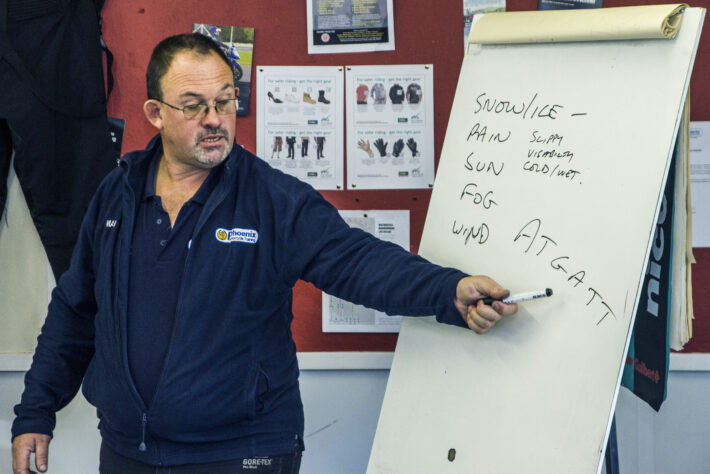
My only criticism is that ‘passing’ the video tests (which involve sequences filmed on-road) can be as much a test of memory as of hazard perception, as the questions come after the short film has ended. Might it be better if participants could ‘click’ when they see a hazard, rather than being questioned retrospectively?
The ‘clothing’ section contains invaluable advice on choosing the best gear and when to replace a helmet, also examining image versus safety. The section on bike maintenance contains great advice, as does the segment looking at road surfaces and tyres. The module looking at behaviour could be the most invaluable, however, emphasising the choices that riders can make, to contribute to a lifetime of safe riding. It points out that most crashes are caused not by lack of skill, but by bad decision and poor choices. You can even test your own attitude.
Stress and its effect on riding is examined, as are other factors such as fatigue, patience and confidence. Other factors that affect riders – new and old – include navigation problems, getting lost, running late – and the impact of being involved in an accident.
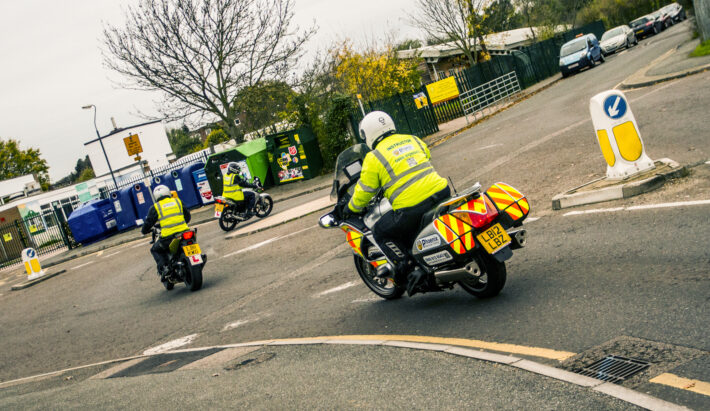
Ridefree might be aimed at total beginners but it probably has something for everyone; even older, more experienced riders might benefit from a ‘refresher’, regardless of whether they’re already qualified licence-holders.
Try it yourself and let us know your thoughts below – anyone can log on and create an account at :
Ridefree User Registration | DVSA – Safe Driving for Life (dvsalearningzone.co.uk)
MORE INFORMATION ON CBT
A guide to CBT (compulsory basic training) (safedrivingforlife.info)
David Williams is a freelance journalist who specialises in road safety, transport and travel. He’s been the London Evening Standard’s motoring correspondent for 26 years, also contributing to the Daily and Sunday Telegraph, Sunday Times and various magazines. He is a Prince Michael of Kent International Road Safety Awards judge.
Twitter Handle – @djrwilliams

One comment on “Online CBT Module Celebrates Its First Anniversary”
The CBT course is sufficient I found the guys were fantastic at training I believe on site training as I did is the best far better in practice